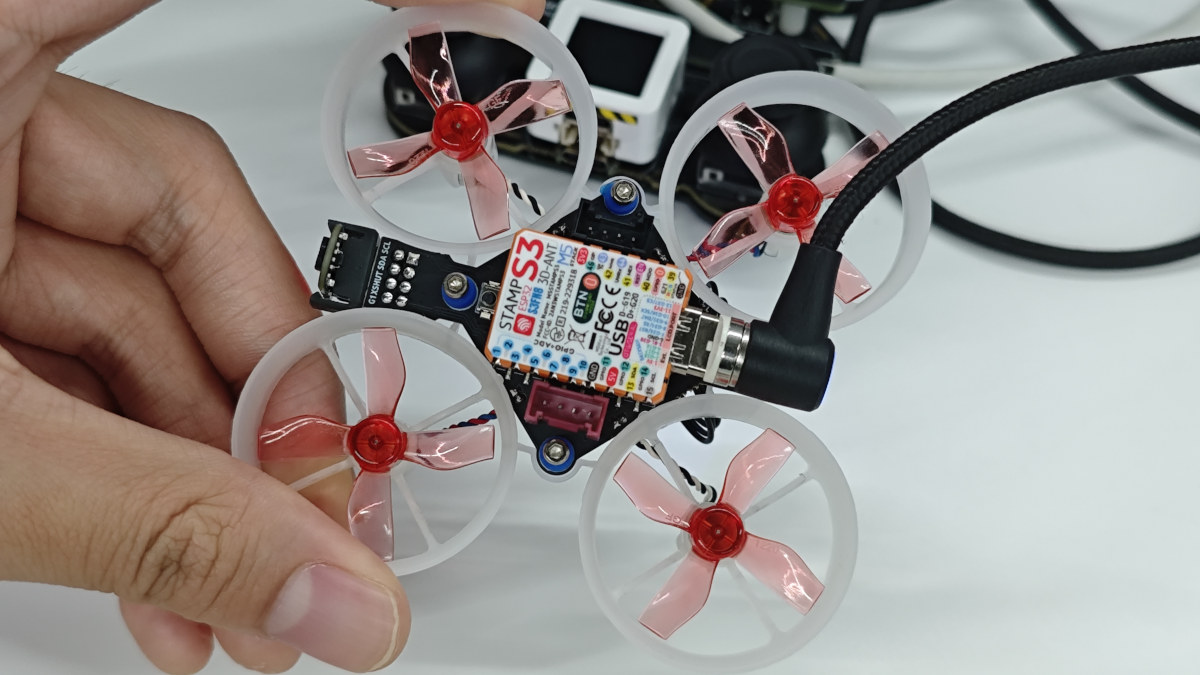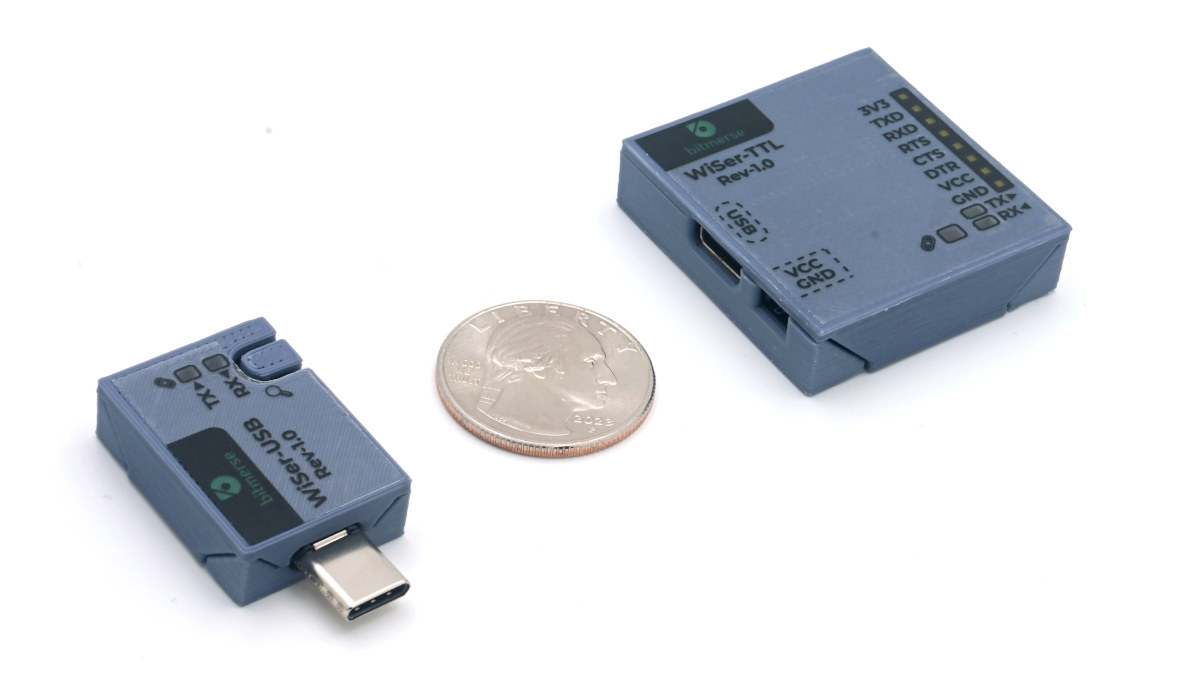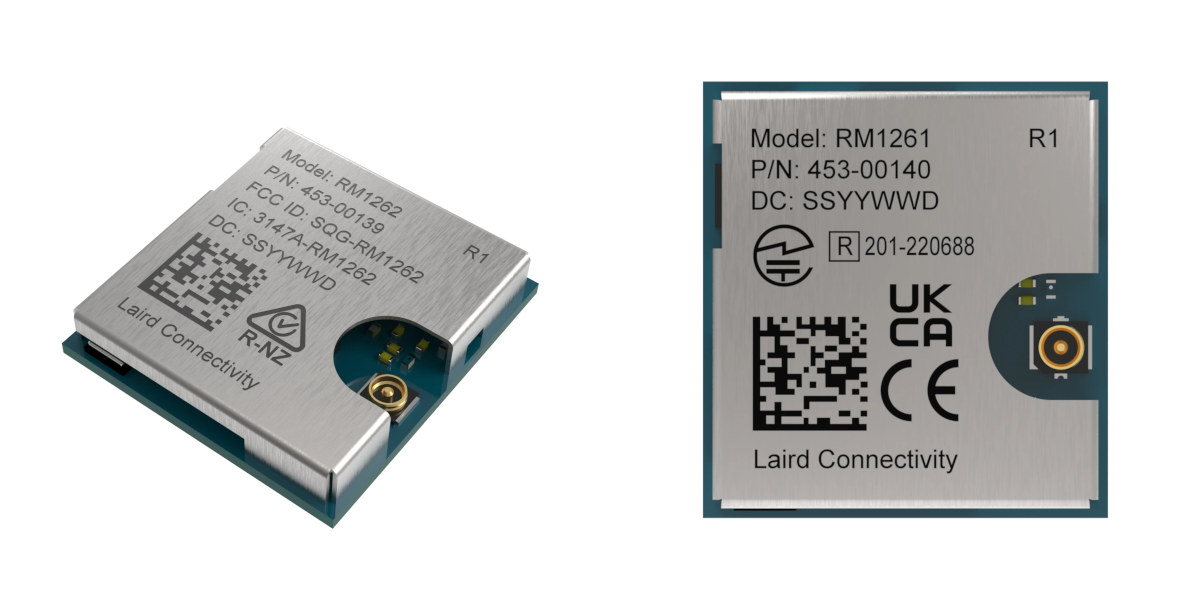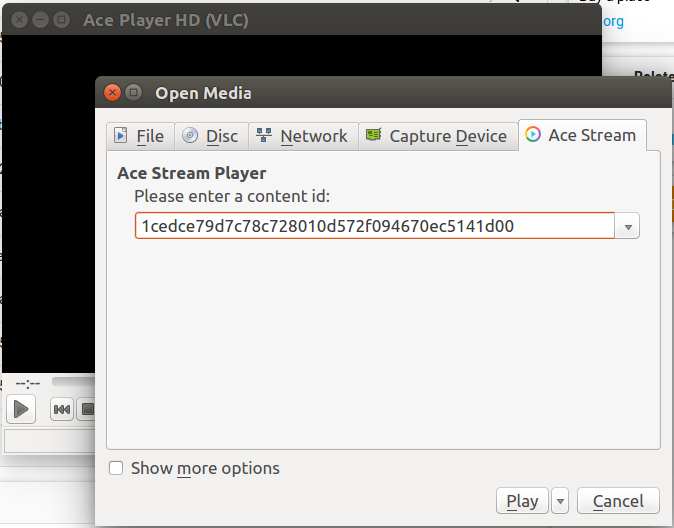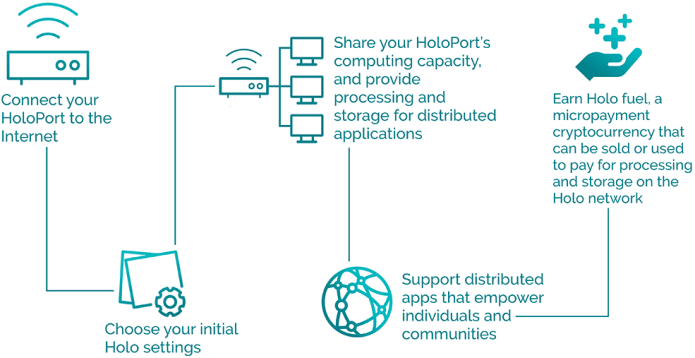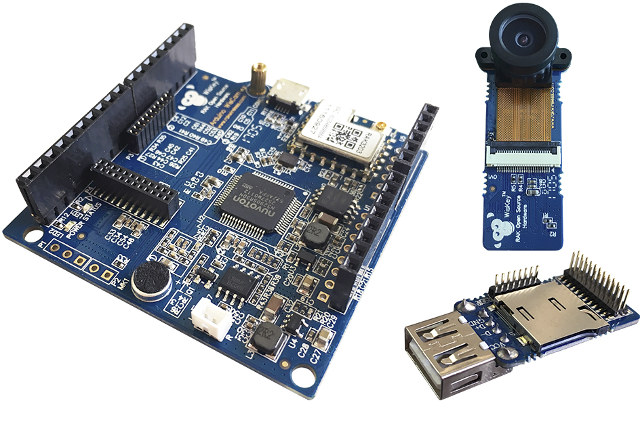M5Stack M5Stamp Fly is a tiny ESP32-S3 WiFi drone based on the company’s M5Stamp S3 WiFi 4 and BLE IoT module, equipped with four motors and several sensors. and controllable the M5Atom WiFi joystick controller also based on ESP32-S3 WiSoC. We have recently seen some tiny ESP32 or ESP8266 WiFi drones with a low-cost ESP32 DIY drone and the PiWings 2.0 drone, but the M5Stamp Fly is more advanced with a total of six sensors including a barometer, two time-of-flight distance sensors, a 6-axis IMU, a 3-axis magnetometer, and an optical flow detection sensors, plus two Grove connector for additional sensors or modules. M5Stamp Fly (K138) specifications: Main controller – M5Stamp S3 module WiSoC – Espressif Systems ESP32-S3FN8 dual-core 32-bit Xtensa LX7 microcontroller with AI vector instructions up to 240MHz, RISC-V ULP co-processor, 512KB SRAM, 2.4GHz WiFi 4 (802.11b/g/n), Bluetooth 5.0 BLE + Mesh, 8MB flash Connectivity 2.4 GHz WiFi […]
Wiser wireless-to-serial kit eases the debugging and programming of embedded devices (Crowdfunding)
WiSer is a wireless-to-serial communication kit comprised of a USB dongle (WiSer-USB) and a USB TTL debug board (WiSer-TTL) – both built around an ESP32-S2 microcontroller – that allows users to establish a P2P wireless connection between a host computer and a development board or sensor. It works like a typical USB to TTL debug board except it operates over WiFi, and it’s especially useful to debug code, update firmware, log data, or transfer files without a USB cable or even a Wi-Fi router since the connection to peer-to-peer. It looks especially useful when the host and DUT are too far apart, and my review samples are often on another table around 1.5m from the nearest USB port of my laptop, so I could see some use for it myself… WiSer specifications: Wireless SoC – ESP32-S2 Wi-Fi (and Bluetooth) microcontroller USB – 1x USB Type-C port providing a virtual serial […]
Laird RM126x LoRaWAN modules and development kits feature Silicon Labs EFR32 MCU, support P2P communication
Laird Connectivity has launched the RM126x series of ultra-low power LoRaWAN modules with the RM1261 based on SX1261 RF transceiver compliant with regulations in Europe, UK, Taiwan, Japan, India, and other countries, and the RM1262 based on Semtech SX1262 for USA, Canada, Australia, New Zealand, etc… The RM126x modules partially achieve their low power consumption through the use of a Silicon Labs EFR32 series microcontroller, and should be integrated into products for industrial, agriculture and forestry, smart cities, utilities monitoring, transportation, logistics, supply chain, healthcare monitoring, and retail. Laird RM126x specifications: MCU – Silicon Labs EFR32 Arm Cortex-M33 microcontroller with 512KB flash, 32KB SRAM LoRa connectivity RF transceiver – Semtech SX1261 or SX1262 Data rates LoRa 125kHz LoRa 250kHz LoRa 500kHz FSK 50kbps (as per RP002-1.0.3 ) Frequency Range (1) – 863 MHz – 870 MHz Frequency Range 2 – 902 MHz – 928 MHz LoRa Version Class – Version […]
How to Install and Use Ace Stream Easily in Ubuntu / Mint Linux
Ace Stream enabling the streaming of videos using P2P (peer-to-peer) technology – specifically BitTorrent protocol – and is especially useful for live streams, but also works for Audio and Video on Demand, and IOTT (Interactive-Over-The-Top). Ace Stream is implemented in a fork of VLC (Ace Player HD) working in Windows, Linux and Android, and I’ve found Full HD quality to be higher than services like YouTube, and with less buffering provided enough users watches the stream. It’s easy to use in Windows, and there used to be an Android app installable from the Play Store but it’s been removed, possibly because of the association of the solution with piracy. But just like Kodi, it’s up to do what you want to use it for. Using Ace Player was easy in Ubuntu up to version 14.04 thanks to a ppa, but with Ubuntu 16.04 it become a little more complicated as you […]
Holo P2P Distributed Hosting is Powered by Holochain Technology, Leverages Holo Fuel Cryptocurrency (Crowdfunding)
The Internet is now mostly centralized, for example most people search with Google, and Facebook dominates the social media space in many countries. That also means access to content can easily be blocked by governments, and many companies will use your personal data to their benefits. Holo network promises to “take back the Internet” thanks to a P2P distributed web hosting system, where people hosts app from developers in their HoloPort devices, and get paid for hosting crypto apps in Holo Fuel cryptocurrency that can in turn be used to pay for processing power and/or storage on the network, or converted into other cryptocurrencies like Bitcoin, or fiat money (Dollars, Euros…). It’s like a new Internet that uses the current “pipes” (i.e. you’d still need Internet through your ISP), but all content would have to be created from the ground up. It basically aims to replace datacenters, websites, and app […]
Ligowave LigoPTP Bridges Allow Wireless Point-to-Point Communication up to 100 Km
Last week-end I went to a conference showcasing local products and companies, and there was a small section for “smart cities”. Most of that section exhibited solutions for security applications such as IP cameras and DVR, as well as various metal detectors, but one company did have some wireless connectivity solutions. I asked a sales engineer which technology they used, and he said it was a proprietary solution operating at 5 GHz, so I asked if they had anything relying on LoRaWan or Sigfox, and he had never heard about those. That’s because the solutions offered where not for low power long range connectivity, but instead backhaul wireless connectivity with solutions offering up to 100km range for point-to-point connectivity up to 480 Mbps, or up to 36 km for point-to-multipoint solutions. Those type of products are used by cities to monitor their CCTV system, telcos, and the industry (e.g. mining, […]
RAK WisCam is a $20 Arduino Compatible WiFi Camera Linux Board Powered by Nuvoton N32905 ARM9 Processor
A couple of weeks ago I wrote about Rakwireless’ RAK CREATOR Pro development board based on Realtek Ameba RTL8711AM Wireless MCU, and part of their Wiskey family of development boards. Sub-family include WisNode for IoT boards, WisAP for OpenWrt boards, WisPLC for PLC hardware, and WisCam for WiFi video camera boards. The company has recently introduced Wiscam RAK5281 Arduino compatible Linux board powered by a Nuvoton ARM9 MCU, and supporting a camera module or an SD card + USB module. RAK WisCam specifications: SoC – Nuvoton N32905R3DN ARM926EJ processor @ 200 MHz with 8KB internal SRAM, 16KB IBR internal booting ROM, 16Mbit x16 DDR2 memory Storage – 128 MBit SPI flash, included sub-module adds micro SD card Connectivity – 802.11 b/g/n WiFi via Realtek RTL8189FTV module Camera via sub-module 648×488 pixel VGA CMOS Image Sensor (GC0308); 102° FOV Video – QVGA (320×240) 30FPS, VGA(640×480) 30FPS, MJPEG encoding Photo – JPEG, […]
Matricom G-Box Q Media Player Features Amlogic S802 SoC, HyperStream P2P Video Streaming
Last year, I reviewed Matricom GBox Midnight MX2, and at the time It was the best Android media player I had tested. The company has now launched a new Android media player called G-Box Q with an Amlogic S802 processor, 2 GB RAM, 16 GB eMMC, Ethernet and 802.11ac Wi-Fi. The box will also feature HyperStream, a P2P video streaming technology providing a “more reliable and faster transmission of on-demand and streaming video data”. Matricom G-Box Q specifications: SoC – Amlogic S802 quad core ARM Cortex A9r4 at 2.0GHz with ARM Mali-450MP6 GPU System Memory – 2G DDR3 Storage – 16 GB internal storage + micro SD card slot up to 64GB Video Output – HDMI 1.4 up to 4K30, AV port Audio Output – HDMI, AV, optical S/PDIF Connectivity – 10/100M Ethernet, dual band Wi-Fi 802.11 a/b/g/n/ac, Bluetooth 4.0 USB – 2x USB 2.0 host ports Misc – […]


